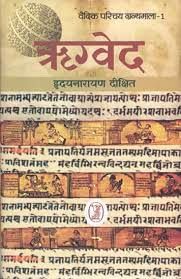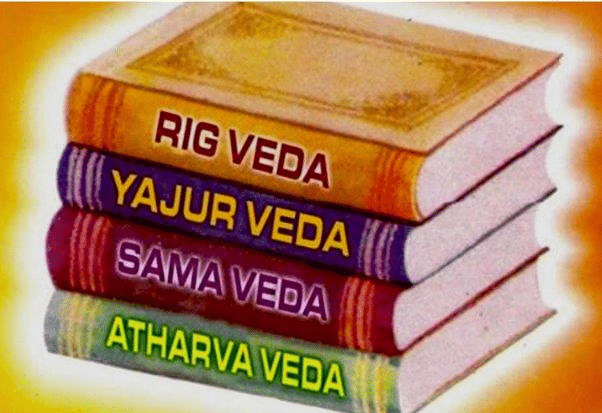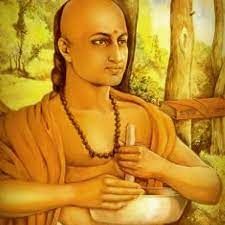What Books and Burials Tell us Class 6 Worksheet History Chapter 4
Fill in the blanks:
(i) The Rigveda has been written in ______.
(ii) ______ is situated on the river Ghod.
(iii) The Rigveda was composed about ______ years ago.
(iv) ______ is part of a family of languages known as Indo-European.
(v) The major gods praised in the hymns of the Rigveda were ______, ______, and ______.
(vi) The dead were buried with distinctive pots, which are called ______ and ______Ware.
 Rigveda
Rigveda
State True (T) or false (F):
(i) The river Ghod is a tributary of the Bhima. ______
(ii) The oldest Veda is the Samaveda. ______
(iii) Slaves were women and men who were often captured in war. ______
(iv) Hymns were composed of sages (rishis). ______
(v) In a hymn in the Rigveda, Vishvamitra used the word 'sisters' for the two rivers Beas and Sutlej. ______
(vi) Roma, a plant from which a special drink was prepared. ______
 4 vedas
4 vedas
Very Short answer type questions:
Q1: Name 4 Vedas.
Q2: Where was the page from a manuscript of the Rigveda found?
Q3: How were slaves treated?
Q4: In which language was the Rigveda written?
Q5: Which language belongs to the Tibeto-Burman family?
Q6: Who was Charaka?
 Maharishi Charaka
Maharishi Charaka
Q7: As per Rigveda, why were battles fought?
Q8: Name the site where the skeleton was found with 33 gold beads, 2 stone beads, 4 copper bangles, and one conch shell.
Q9: What did people at Inamgaon eat?
Q10: What are Megaliths?
Q11: How were yajnas performed?
Q12: Why were yajnas or sacrifices performed?
Q13: Which language belongs to the Austro-Asiatic family?
Q14: Which language belongs to the Dravidian family?
Q15: Where was the practice of erecting megaliths prevalent?
Q16: What is Sukta?
Q17: Which is the oldest Veda among the four Vedas?
You can access the solutions to this worksheet here.
FAQs on What Books and Burials Tell us Class 6 Worksheet History Chapter 4
| 1. What is the significance of books in understanding historical cultures? |  |
| 2. How do burial practices inform us about ancient societies? |  |
| 3. What types of information can we gather from ancient texts? |  |
| 4. How can studying both books and burials together enhance our understanding of a civilization? |  |
| 5. What challenges do researchers face when interpreting ancient texts and burial sites? |  |






















